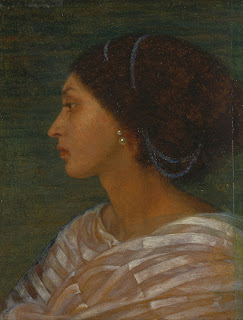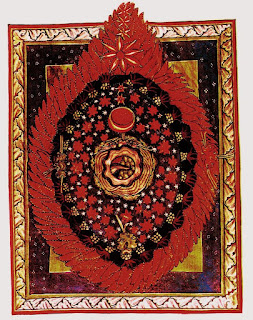The Middle Ages or the Medieval Times was a period of history in Europe that lasted from around the 5th century to the 15th century. Essentially, the roles of women during this time period were very limited. Men were still considered to be the dominant gender and women were not allowed to do certain things if a man deemed it inappropriate. For example, a woman could not own land or claim her inheritance so it would go to one of her brothers. The roles of women varied on the woman’s class, wealth, region, etc. Peasant women or women that belonged to a low class were expected to care for the children, cook the meals, and to tend to the livestock. Sometimes, during certain occasions like harvest, the women would help their husbands bring in the crop. Urban women, who did not live in rural areas, would be expected to help their husbands and their fathers in their trades, in addition to running shops and inns according to www.bl.uk “Despite biblical teachings against them, they became writers, artists, merchants, and nuns and ran the kingdom when their husbands were away at war”(Guerrilla Girls 19). Regardless of the expected roles of both rural(peasant) and urban women, some women decided that they would choose another path. Religion, specifically christianity, played a major part in medieval times. Art was used as a tool by the churches in tapestries, religious objects, biblical manuscripts, etc. Many of the artists who created these pieces for the church were women. Most of the women were nuns that belonged to a convent.
The Italian Renaissance was a period of time from between 1300 to 1700. Similarly, the women of the Renaissance, like women of the Middle Ages, were denied all their political rights and were considered subject to their husbands and fathers by law according to www.sparknotes.com. Women of all classes were expected take on the role of the dutiful housewife. In most Italian cities, women were banned from joining a painter’s guild or school. Some women were able to become an artist because their family owned an art workshop that they were able to work in. “It is in the cultural ideology that supported women’s exclusion from the arts of painting and sculpture that we find the roots of the subsequent shift of woman’s role in visual culture from one of production to one of being represented”(Chadwick 68). Women had little to no voice during the Italian Renaissance and the work that they created was often discredited and/or forgotten. “Peasants, women, and the urban poor had almost no part to play in a cultural renaissance oriented toward the growth and embellishment of the city as a matter of civic pride, and stressing a model of production which man’s creations parallel those of God and carried with them the same implicit power over objects that health conferred”(Chadwick 70). That is not to say that there were not some prominent women artists during the Renaissance, for example: Sofonisba Anguissola, Lavinia Fontana, Fede Galizia, Caterina van Hemessen, Esther Inglis, Barbara Longhi, etc. The female artists during this time period tried to represent women as strong, independent figures and not sexual objects for men to use to their convenience.
 |
| Catharina van Hemessen, Self-Portrait 1548 |
The 19th century was from between January 1801 to December 31, 1900. During this time in history, the roles of women drastically changed from those of the Middle Ages and of the Italian Renaissance. Due to the Industrial Revolution men, more often than not, commuted to their place of work whether it was at the factory, the shop or the office. The wives, daughters and sisters were left at home to oversee the domestic duties like cleaning, cooking, etc. Women also began doing manual labor for work and were able to help contribute the household’s earnings. As soon as they were old enough they began working on farms and in factories. Women also gained more rights during the 19th century. In 1869, women in Britain was allowed to vote in the local elections and in 1893, New Zealand became the first country to allow women to vote in national elections. In the 19th century, the number of practicing women artists increased dramatically. The educational and exhibition opportunities available to them widened considerably in Europe and in North America and notable female artists were awarded with public commissions and prizes. “At the same time, male painters began to obsess over and objectify the naked female body as never before”( Guerrilla Girls 47). Women still had to fight to be taken seriously and as equals to men. Many women artists of this time depicted this struggle in their work and attempted to reclaim the naked female body.
 |
| Joanna Mary Wells, Head of a Mulatto Woman 1861 |
Works Cited
Chadwick, Whitney. Women, Art and Society. Thames and Hudson, 2015.
The Guerrilla Girls' Bedside Companion to the History of Western Art. New York: Penguin Books, 1998. Print.

No comments:
Post a Comment
Note: Only a member of this blog may post a comment.